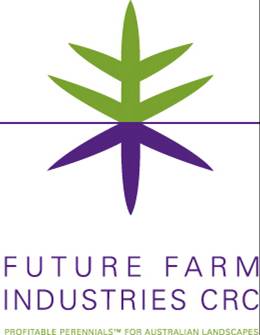Perennial Forages
Investigation of the case for perennial forages based on modelling of livestock production and erosion risks business risk
Perennial forages have been proposed as a means of ameliorating both the summer–autumn feed gap and the risks posed by soil salinity and erosion in mixed farming areas of southern Australia. Whole-farm simulation analyses using the APSIM and GRAZPLAN models at nine locations across southern Australia have evaluated the likely trade-offs among expected profitability, financial risk, soil erosion risk, deep drainage and soil carbon change as annual pastures are converted to perennial pastures based on a C3 grass, a C4 grass or lucerne. The modelled farming system with the highest profit included some perennial pasture at seven of the nine locations, but no one pasture species or land-use system predominated across all locations or producer risk attitudes. Local characteristics of the soils and farming systems are as important as broad climatic factors in determining how substituting perennial for annual pastures alters the trade-off between profitability and wind erosion risk.
Publications: http://www.publish.csiro.au/paper/AN14613.htm





